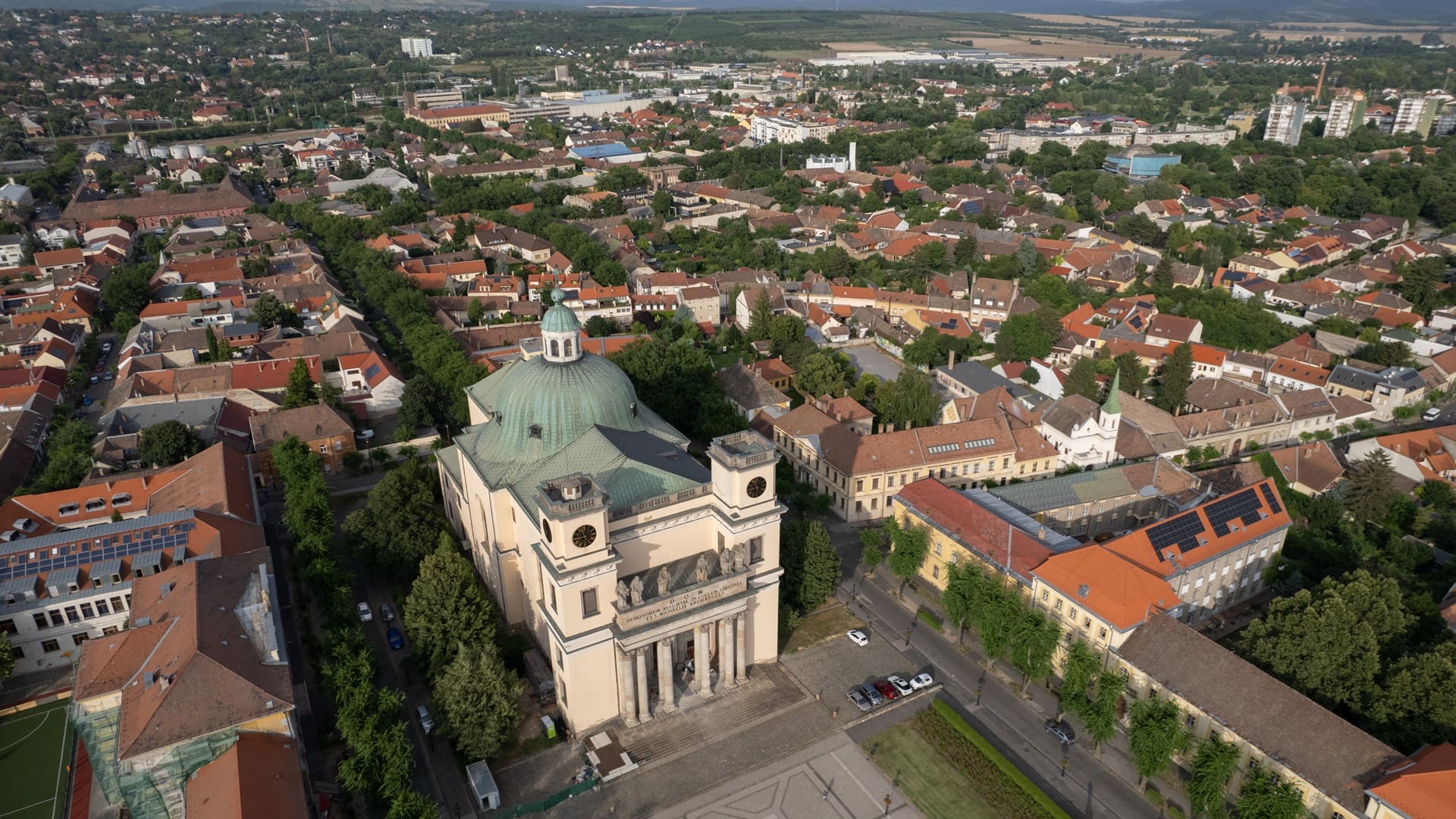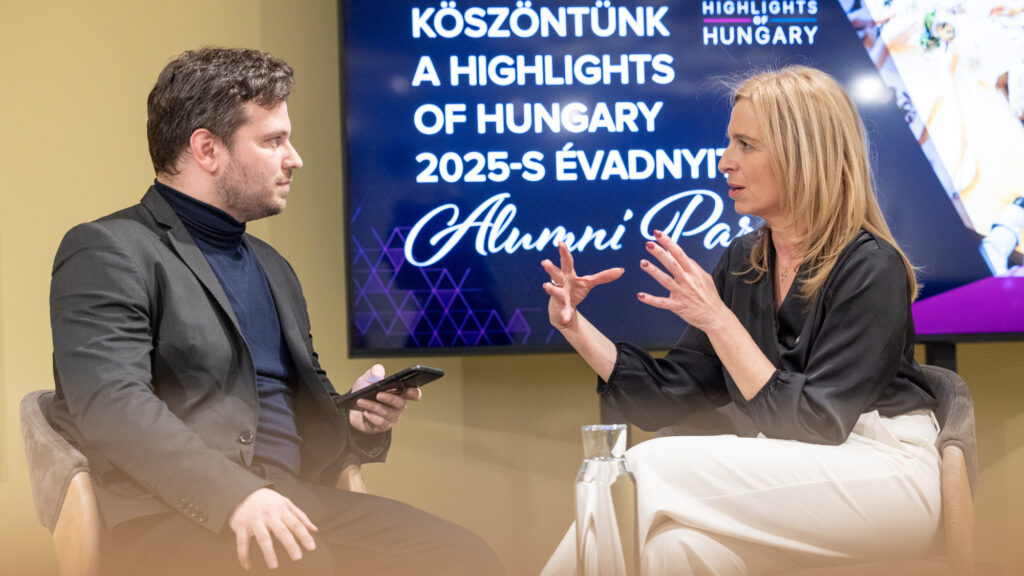On Saturday 13 April, a series of events will commence in Vác, a city of 34,000 inhabitants, 42 kilometres north-east of the capital city of Budapest. The first of a series of events in the month-long celebrations will mark the 550th anniversary of the consecration of Miklós Báthori, a clergyman and humanist at the court of King Matthias Corvinus, as Bishop of Vác. Therefore, the official title of the weekend’s programme is Báthori 550 Days. However, the organizers have chosen to focus on the Renaissance period as a whole, rather than on a single figure.
The attendees can visit period-authentic exhibitions and culinary programmes, or take part in period craft workshops
to see how their ancestors made all they used for everyday life over 500 years ago.
The two main venues hosting most events during the programme series are the Ignác Tragor Museum’s Elephant House and Pannonia House. Ágnes Kelecsényi, executive director of the local non-profit tourism and event organizer company Vác és Környéke TDM Ltd, told Hungarian news agency MTI that she hopes participants will have the chance to have some first-hand experience of the Golden Age of the arts and sciences of Hungarian history in the late Middle Ages and early modern period.
The first major event will be an exhibition titled The Renaissance Dragon — Miklós Báthori and His Era, opening on Saturday, 13 April at the Ignác Tragor Museum. The dragon, a symbol prevalent during the programme series, is a major element of the Báthori family crest. Actors in period clothing portraying scientists, fencers, and craftsmen of the time will entertain the crowd as well.
Vác was a buzzing centre of the Hungarian Renaissance in the 15th and 16th centuries, mostly thanks to Bishop Báthori’s work and influence.
The Hungarian Renaissance was heavily influenced by the Italian architects, scientists, and artists of the era, with King Mathias I’s and other Hungarian monarchs’ royal courts often hosting humanist philosophers and artists from Italy, most notably, Marsilio Ficino under King Mathias. There was a general shift in focus to the secular arts and sciences, as in other parts of Europe. At the same time, with the invention of the printing press by Johannes Gutenberg in 1454, there was also additional attention paid to vernacular languages, as opposed to Latin, which was previously the lingua franca of the Church and the courts.
This period is remembered in Hungarian folk culture as the golden age of peace and prosperity, and King Matthias, ‘the Just’, has become a folk hero in many tales in his own right. However, this ‘Era of Good Feelings’ came to an end with the threat of the Ottoman Empire coming into Europe.
Related articles:








